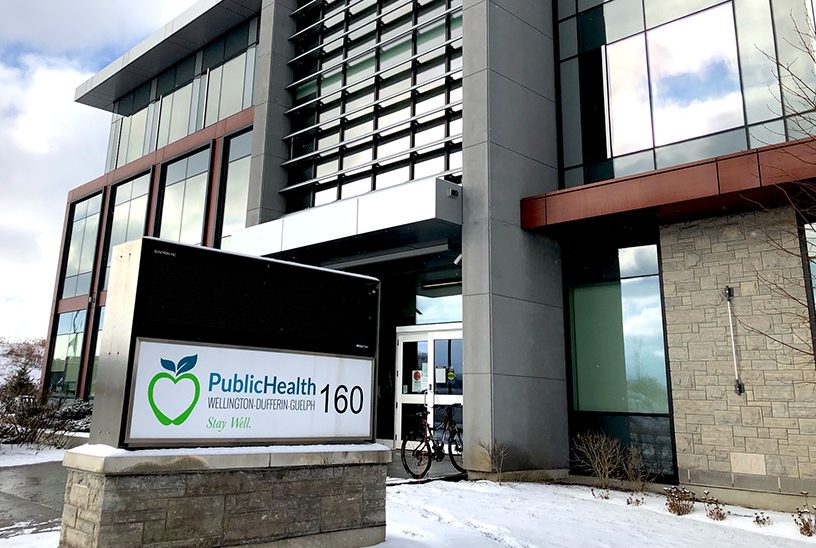GUELPH – When public health conducted the Well-being and Health Youth Survey in 2019, it had no idea it was collecting baseline data for a before-and-after-a-pandemic scenario.
But Lyndsey Dossett, who works in public health analytics, told Wellington-Dufferin-Guelph Public Health’s board of health on March 1 that she’s been tunnelling into the data, comparing information collected in 2019 with survey results from 2022.
“We’re taking a deeper dive into the data,” she said, specifically looking at results of questions about mental health, substance use and self-harm and the different responses between sociodemographic sub-groups.
Results of the survey inform school boards and organizations that work with youth and help identify where youth may need help.
Mental health
On mental health, the survey suggests all youth are struggling, but it is much more pronounced in some of the sub-groups.
“In students who did not identify as white, there were higher proportions who often or always struggled with balancing roles at home and school … with severe stress about grades or exams and … with pressure from peers compared to students who did identify as white,” Dossett wrote in her report.
“This group of students also reported smaller proportions for knowing where to get help with problems and having at least one adult in their lives they could talk to about their problems.”
In the urban-rural divide, youth in rural areas seemed to fare better than their urban counterparts.
Rural students reported a 6% decrease in the proportion who often or always struggled with pressure from peers while urban students reported a 3% increase since 2019, the report states.
Self-harm and suicide
“These had the most concerning indicators,” Dossett said.
According to her report, the proportion of students who reported harming themselves in the past 12 months ranged from 19% to 20%.
The proportion of students who reported thoughts of suicide in the past 12 months ranged from 14% to 16%.
And those who reported sometimes, often, or always having thoughts of self-harm ranged from 17% to 21%.
But the numbers were even greater for non-binary students and students who reported their sexual orientation as not heterosexual, Dossett said.
Substance Use
Overall indicators show a decrease in substance use – alcohol, cannabis, cigarettes, e-cigarettes, prescription pain pills, sedatives, and other substances – from 2019 to 2022.
“However, there was an exception for rural students who reported a 12% increase in the proportion who binge drank in the past year and a 3% increase in the proportion who used cannabis in the past year, compared to urban students,” reads the report.
Dossett said in the next phase of analyzing the data, the team will look at the secondary impacts of the pandemic on youth. This will require engagement with youth.
“Once we get that feedback, we’ll have a better idea of the next steps,” she said.




